|
By Kendra Aarhus
Hair products are a multi-billion dollar industry in the United States. Flashy advertising and beautiful imagery of perfect hair makes us all long for better hair days. Unfortunately, those commercials are also full of deceit; careful wordsmiths bend the truth to an often unrecognizable state. While the lies in the hair industry are vast, these four in particular need to be addressed and understood by woman everywhere. See if you've believed these four bold faced lies. 1) You Can Not Repair Split Ends Once a hair has split, you can put the most expensive serums and potions on your hair but nothing will repair that split end. Sure there are products that will smooth the frayed ends, and there are products that might even make your split ends appear (temporarily) repaired. Heat from a hair dryer, curling iron, or flat iron can also make split ends appear less frizzy for a while; in reality the high heat is probably making your split ends worse. The truth is, the only thing that will actually repair your split ends is a haircut. Maintaining healthy hair practices, using products that don't dry your hair out, and making sure you get regular trims can prevent split ends. Products that promise to repair split ends are preying on your hopes and dreams. 2) You Can't Penetrate Your Hair with Protein Protein treatments can be a nice treat for your hair and many are healthy for your scalp, but the fact of the matter is that protein products do not penetrate the cuticle of your hair. Products that claim to strengthen your hair with protein from the inside out, simply coat your hair with protein. In fact, over use of protein sprays can often be drying and cause your hair to get brittle or frizzy due to build up on the hair shaft. What about the protein and keratin treatments that promise soft, frizz free hair? Well, that's a whole different chemical and heat reaction that has nothing to do with protein actually penetrating the cuticle of your hair shaft. The best way to strengthen your hair from the inside out, is to take really great care of your scalp and to eat a hair healthy diet. Once your hair has grown past the surface of your scalp, it's at the mercy of the way you treat your hair on a daily basis. Keeping your hair hydrated and healthy will go a lot further than empty protein promises. 3) All Natural Hair Products, Usually Aren't There's a big all natural product push going on in the beauty industry. Cosmetic companies are removing all kinds of harmful chemicals from their products and proclaiming their success on their labels. You've likely started wondering about the sulfates and parabens in your products by now. The biggest problem is that the cosmetic industry by-and-large is very under regulated in the United States, and just because a label makes claims to be all natural, chemical free, or organic, doesn't mean that the formula is meeting any standards to actually live up to it's promises. In all honestly, there are very few "standards" set to begin with, so labeling ends up being a big advertising scheme. The other side of the problem is the internet; full of conflicting advice and doomsday warnings from a lot of people that have no actual education on the subject beyond what they learned by a Google search. It's hard to know what to believe and whom to trust. The only way to truly understand what's in your cosmetics and your hair products is to understand how to read the label. I'll be honest; I'm not a chemist and I don't understand the majority of the labels of the products I use. But, until the cosmetic industry gets it's act together with honest labeling, there's really no way to be completely sure. My biggest advice to anyone that's concerned with the chemicals in their hair products is to do your homework by researching reputable sources to determine what exactly is in your hair care products. Don't blindly trust the label to tell you the truth. 4) Your Hair Products are Full of Wax Some of the products that make your hair feel soft and healthy are actually riddled with wax and silicone. There are a few waxes found in cleansing conditioners, no-poos, conditioners, and styling products that are pretty horrible. Why? Heavy waxes and silicones start off feeling soft and smooth, but over time these feel good additives can build up on your hair. Unlike other product build up problems, a clarifying shampoo isn't usually strong enough to strip silicone build up from your hair. This build up can cause serious damage and breakage to your hair, and long term product buildup can actually clog your hair follicles. Hair follicles that are gunked up with wax can lead to hair thinning, weak hair, and even baldness. Yes. You can go bald from an overdose of wax and silicone build up. The only way to keep the wax off your hair and out of your follicles is to avoid the worse offenders whenever possible. Silicones can be easily identified, as they usually end in -one, -conol, or -xane (such as, Dimethicone, Cetearyl methicone, Dimethiconol, or Cyclopentasiloxane). Waxes to avoid include mineral oil (paraffinum liquidum), petrolatum, bees wax, and candilla wax (to name a few). Fortunately for all of us, there are water soluble silicone based products that are great at helping you get that soft feeling of silicone, but will wash away with water and your favorite shampoo. Water soluble silicones are easily recognized by the "PEG" on the label include ingredients like this:
(source) Our stylists know things we don’t.
by Jo Confino Are we looking in the wrong place when it comes to finding champions who can turn us away from our environmentally destructive ways? Researchers at a university in the United Kingdom believe that hairdressers, rather than politicians, scientists or celebrities, could be the secret weapon in convincing us to reduce our carbon emissions. Given that hairdressers get up close and personal with billions of customers, they are the perfect vehicle for helping to change people’s behavior, according to Dr Denise Baden, an associate professor at the University of Southampton’s management school. Even better, they deal with many of the environmental challenges that need addressing, such as water and energy use as well as the toxins in many hair care products. A new study by Baden shows just how much difference people can make if they change their routines. A person who carries out a daily hair wash with two shampoos plus rinse-out conditioner creates a weekly carbon footprint of around 9 kilograms, or nearly 20 pounds of carbon emissions. But this could be cut down to just 1 kg (roughly 2 pounds) if they change to a twice-weekly hair wash using just one shampoo plus leave-in conditioner, the study says. Her research, which is funded by the U.K. government, also shows how important it is that hairdressers educate their clients to reduce the use of heated appliances such as hair straighteners, curlers and blow dryers. Not only does taking a more natural approach improve hair condition, but it also reduces energy costs and protects the planet, according to Baden. She and her team have now developed a carbon footprint calculator, which demonstrates the effect hair care routines have on the environment and points out five changes that can make a big difference: 1. Do not wash your hair every time you shower — and whatever your routine, allow an extra day to go before shampooing. 2. Shampoo once rather than rinse and repeat. 3. Cut down shower time by using a leave-in conditioner. 4. Shower rather than take a bath and limit the time to four minutes. 5. Let hair dry naturally. This is not the first time that hairdressers have been recognized for their potential to get important information to a mass audience. The United Nations Population Fund, in collaboration with UNAIDS Secretariat, back in 2009 identified barbershops and beauty salons in Guyana as information hubs to help reduce HIV. “We’re not asking hairdressers to become sustainability consultants or to compromise on standards,” Baden said in a written statement. “Instead, we’re trying to educate businesses that less is more and to spread this message to their clients. For example ... [p]roducts such as leave-in conditioner not only save energy, time and money but are also great for giving body to fine or flyaway hair.” “Our approach has been to train the trainers so they can in turn affect the behaviour of their clients,” she added. “Just one hairdresser can affect the practices of hundreds of clients.” The next step for Baden and fellow researchers is to develop a sustainable hairdressing certificate for salons, hairdressers and training colleges. While all this may seem like a clever approach to helping limit climate change, there is one key challenge that Baden has not yet been able to overcome. While hairdressers are often adept at chatting about topics ranging from relationships to the weather, they do not often make proactive change agents. As Baden pointed out in a 2014 interview: “Early adopters of social innovations characteristically have more years of formal education, greater rationality, higher IQ, higher aspirations and higher status occupations than late adopters. None of these attributes are typical of hairdressers. Therefore it is unsurprising that our pilot research found no examples of hairdressers taking the lead on sustainability innovations.” But the world is changed one person at a time, and Baden points to the feedback from one hairdresser who went through a sustainability-focused training session: “Taking that approach has given me more pride in my work and in my profession as a whole. I no longer feel like ‘a blonde with scissors,’ I feel like a professional who is making a difference.” Whether you’re crossing your fingers for sun, or you’re a pessimist rolling your eyes at the inevitability of drizzle and umbrellas, there are certain things you need to do to keep your hair in order when the mercury finally rises.
Here's how to fix those summer hair mistakes. by: Sabrina Perkins
Deep conditioning is a necessary component of healthy hair care, and while it should be completed during every wash day, it is not the end of the world if skipped. There are several reasons why someone may occasionally skip this step just like there reasons why you need to do them, especially if using a clarifying shampoo. Conditioners close the hair’s cuticle layer that was opened by shampoo for optimal hydration, frizz free, and stronger hair. For many curlies, it is best to deep condition after every wash day, but what if you wash your hair often? Jasmina wanted to know just that when she posted this question in Curly Q&A. Question Hello! Is it ok to deep condition anytime I wash my hair (2-3 times a week)? Answer Just like anything else in life, you can have too much of a good thing. Some need to deep condition more than others, for example you need the extra moisture if you
The more damage you put on your hair requires deep conditioning but finding that sweet spot to the right amount depends on your lifestyle you lead and the needs of your hair. Here are some tips to help guide you. What is a deep conditioner?Deep conditioners are thicker conditioners with ingredients that penetrate the hair shaft. They are intended to temporarily repair and nourish between the hair cuticles with its higher viscosity. They are heavier and need to be left on the hair longer to fully penetrate the hair shaft. Applying with heat allows for it to penetrate easier and better and these conditioners have penetrating oils and other ingredients that fight frizz, dryness, and damaged strands. How often should you deep condition?You should deep condition after every wash but for some that is a huge time commitment and it may not be necessary. Washing your hair more than once or twice a week may be too often. Too much conditioning can create over-moisturized hair and disrupt the proper balance of moisture and protein that hair needs. Deep conditioning once or twice a week is more than enough, anything more than that may be overdoing it. Your hair will let you know. What does over-conditioned hair look like?Over-conditioned hair, also known as hygral fatigue, is limp, mushy, or lifeless. It may be over-conditioned or over-moisturized and the quickest fix is to use a protein treatment. If you find your hair appears mushy or limp and you are deep conditioning more than once a week, try reducing how often you deep condition to just once a week. On the other hand, if your hair is responding well to 2-3 deep conditioning treatments, then there is no need to make a change. Many women with color-treated hair or those who use heat regularly probably need that extra moisture, so allow your hair to guide you on what it needs. Trial and error will be the best way to determine if deep conditioning several times a week is ideal or too much for your hair, so look for the signs of over-conditioned hair and remember to maintain the protein-moisture balance. " As wavies and curlies, we tend to play the game of keeping hair clumps out of the drain on wash day. "
Why does curly hair shed "more"?Since we don’t brush our hair daily, many hair strands that fall out naturally throughout the day get caught up in other curls and therefore, it does not come out until it is time to wash and detangle. This is because the average person loses between 50-100 strands a day so if you don’t wash or brush until 3rd day hair you may be getting rid of around 300 strands! According to the American Academy of Dermatology, this is what is known as hair shedding. While some hair shedding should not be cause for concern, there can be a time when looking down at your drain becomes worrisome. There are different factors in life that can cause what is known as excessive shedding. First, know the difference between this and hair loss. What's the difference between hair shedding and hair loss? Hair shedding Hair shedding is a normal body function where some of the hair strands fall out to make room for new hair growth, you can lose between 50 to 100 strands a day--and sometimes even up to 150--and this is still considered normal, according to WebMD. You will grow back new hair to take the place of the hair that you are shedding. Hair shedding can also be seasonal, meaning you lose less hair in the summer months and start losing more hair in the fall and winter months. One common cause of excessive shedding is childbirth. Many mothers lose hair after giving birth, but not to fear as this pattern usually only lasts for a few months and then reverts to its normal rate. Other causes of excessive shedding are quick weight loss, stress, sickness or surgery, in which case it is best to see your doctor. Hair loss Hair loss is when the fallen hair fails to grow back. If you have hair loss you will start to notice either a bald spot or the look of your hair actually thinning as no new hair is growing in to replace the hair that you are losing. Hair loss can vary, some may lose hair gradually and slowly start to notice thinning at the top, while others may actually experience clumps of hair falling out. Hair loss can be caused by factors such as a poor diet, tight hair styles, stress, genetics, or a combination of these things. The good news: most hair loss issues can be treated. Consult with your medical doctor for professional advice. While there is no way to prevent normal hair shedding, there are ways to improve our hair's health and further prevent true hair loss by caring for ourselves from the inside out--this includes making sure our diet contains enough protein and iron, in addition to making sure we thoroughly cleanse the scalp on wash day. Also, don't forget to be gentle when creating a braided hairstyle or updo. Now you can wash your hair in peace knowing that although your hair shedding may clog your drain, it’s probably nothing more than your body making room for even more hair. If your hair loss exceeds the normal patterns that we have described here, be sure to seek the advice of a doctor to determine the cause and best course of treatment. (source) |
Hair by BrianMy name is Brian and I help people confidently take on the world. CategoriesAll Advice Announcement Awards Balayage Barbering Beach Waves Beauty News Book Now Brazilian Treatment Clients Cool Facts COVID 19 Health COVID 19 Update Curlies EGift Card Films Follically Challenged Gossip Grooming Hair Care Haircolor Haircut Hair Facts Hair History Hair Loss Hair Styling Hair Tips Hair Tools Health Health And Safety Healthy Hair Highlights Holidays Humor Mens Hair Men's Long Hair Newsletter Ombre Policies Procedures Press Release Previous Blog Privacy Policy Product Knowledge Product Reviews Promotions Read Your Labels Recommendations Reviews Scalp Health Science Services Smoothing Treatments Social Media Summer Hair Tips Textured Hair Thinning Hair Travel Tips Trending Wellness Womens Hair Archives
June 2025
|
|
Hey...
Your Mom Called! Book today! |
Sunday: 11am-5pm
Monday: 11am-6pm Tuesday: 10am - 6pm Wednesday: 10am - 6pm Thursday: By Appointment Friday: By Appointment Saturday: By Appointment |
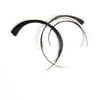
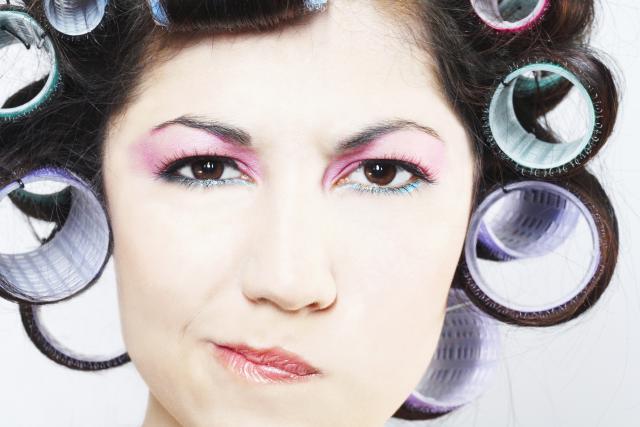
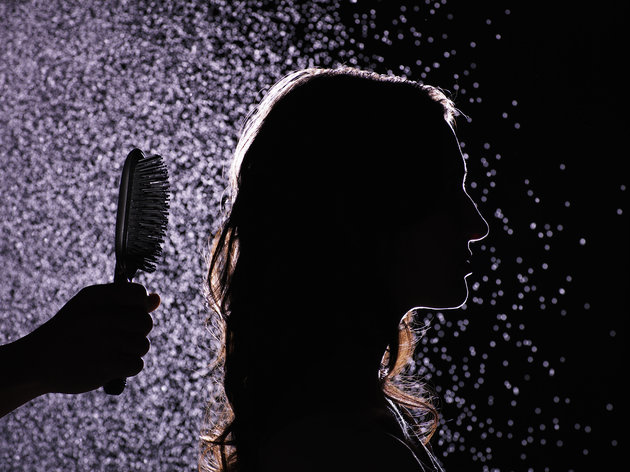

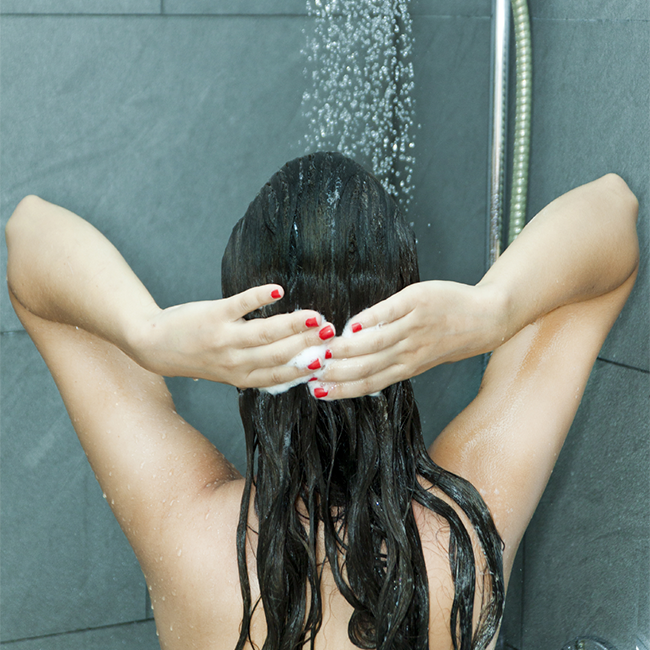
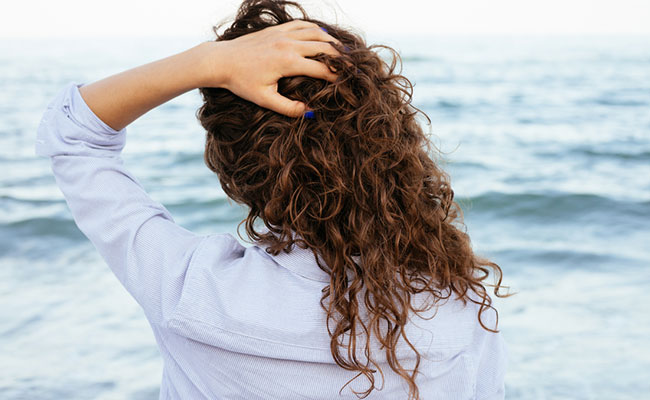
 RSS Feed
RSS Feed